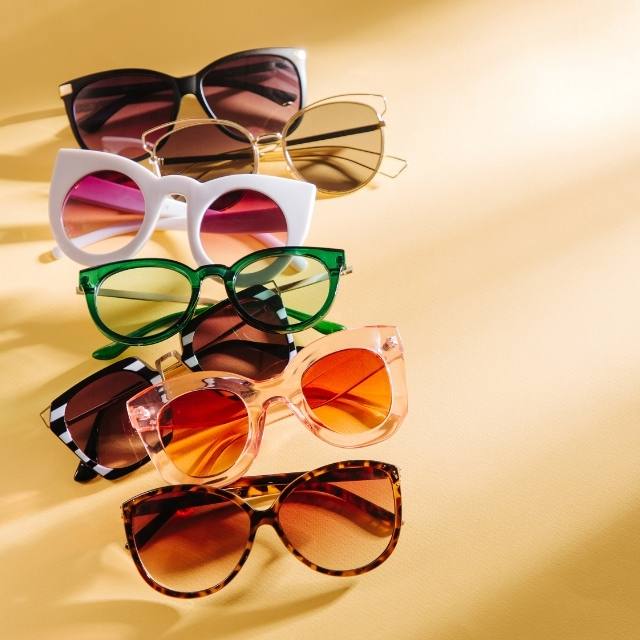We know that it is important to protect our skin form burns and most of us have learned the hard way about protecting the “forgotten” places from sunburn – parts in our hair, behind the neck and ears and tops of our feet. But one of the most important places to protect from ultraviolet light exposure is your eyes. Sunglasses are a MUST for a trip to the lake!
Exposure to UV light leads to much higher risks for eye diseases over time. Some of the most dangerous risks are those that come from light reflecting off water. The eye damage from even short-term exposure to reflections from the water cause sunburns on the front part of the eye. But there are other problems like photokeratitis that leads to redness, blurry vision, light sensitivity and can lead to temporary vision loss.
The American Academy of Ophthalmology has some things you should know beyond the fashion statement your glasses make. Every adult and child can prevent eye damage by wearing sunglasses that are rated for UVA and UVB radiation.
These sunglasses come in all fashion frames and even all colors of lenses. These glasses do not have to be expensive (although you can certainly choose to spend a lot of money on sunglasses!) The important thing is that they are rated to screen out 99 to 100 percent of BOTH UVA and UVB ultraviolet rays.
The American Academy of Ophthalmology suggests that if you are not positive that your sunglasses meet the UVA and UVB requirement for screening out 99 to 100 percent of the rays, you should stop by an optical shop and ask them to test them with their UV meter. It is important to remember that just because the glasses have really dark lenses, it may not mean that they are rated for screening out UVA and UVB rays.
Sunglasses are most effective when the lenses are big. In fact, the American Academy of Ophthalmology says the bigger the better when it comes to lenses. In fact, the suggest you think about the light reflecting up toward your eye and coming down from the sun. They suggest you forget fashion and get the wrap arounds that protect you from all directions.
The tints on lenses will impact how you function when wearing them. For sports like baseball or golf look for amber, green or gray lenses. These colors create more contrast of light. For the water or driving, look for Polarized Lenses. These will help with glare. But no matter what the tint of your lenses, the most important thing is that they screen out the UVA and UVB rays.

